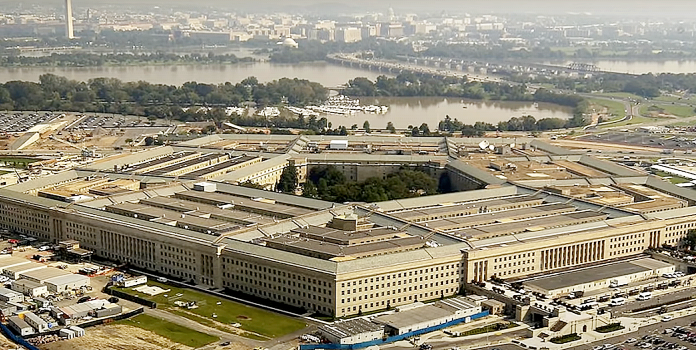(Dave DeCamp, Antiwar.com) The Senate Armed Services Committee (SASC) has approved its version of the 2026 National Defense Authorization Act (NDAA), which would add approximately $32 billion to President Trump’s planned military budget of $1.01 trillion.
The SASC’s NDAA would provide $924.7 billion in military spending, including $878.7 billion for the Pentagon, $35.2 billion for the Energy Department’s nuclear programs, and $10.8 billion for other military-related spending. The additional $32 billion would go toward shipbuilding, munitions, and investments in the F-35 fighter jet.
The White House requested a $896.2 billion NDAA and plans to supplement it with $113 billion from the recently passed budget reconciliation bill, which Trump dubbed the “Big Beautiful Bill,” bringing the total military budget for 2026 to $1.01 trillion. Adding the $32 billion from the Senate’s NDAA would bring the total to approximately $1.033 trillion.
So far, the House Armed Services Committee’s version of the NDAA reflects President Trump’s request. The committee will be marking up the bill this week, and once approved, the House and Senate will negotiate the final version of the military spending bill.
Last year, the SASC also approved an NDAA that was significantly higher than what President Biden requested and went against budget caps, but the increase was ultimately stripped out of the final version of the bill.
The US has never officially had a $1 trillion military budget, but the actual cost of US military spending has exceeded $1 trillion for years. According to veteran defense analyst Winslow Wheeler, based on a $895 billion National Defense Authorization Act, US national security spending for 2025 was expected to reach about $1.77 trillion.
Wheeler’s estimate accounts for military-related spending from other government agencies not funded by the NDAA, such as the Department of Veterans Affairs and Homeland Security. It also includes the national security share of the interest accrued on the US debt, as well as other factors.
This article originally appeared at Antiwar.com.

